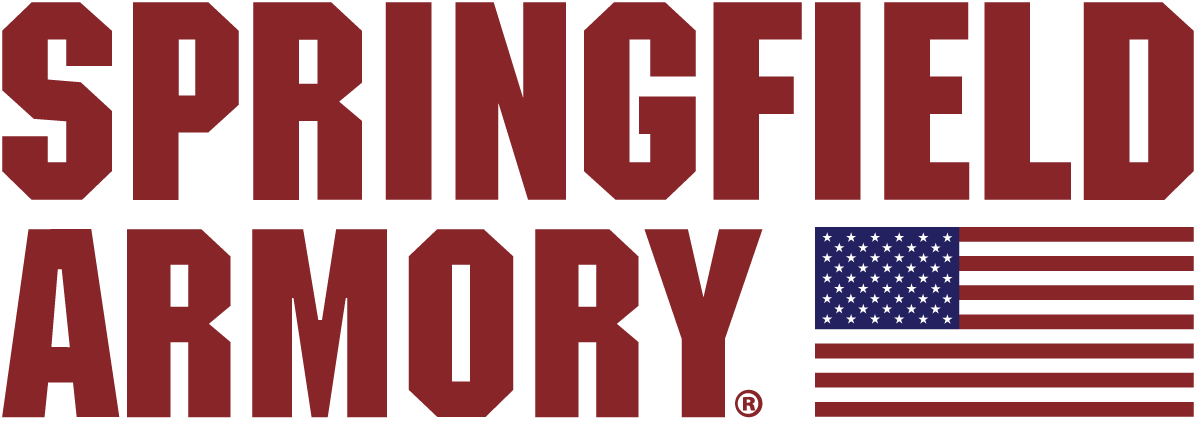Springfield Armory M1 Carbine
September 27th, 2022
7 minute read
What we know today as Springfield Armory actually first began in 1963 as Reese Surplus in Colona, Illinois, by the patriarch Robert Reese. Robert’s sons Dennis, David and Thomas subsequently helped to build this family business to the rarefied heights you see represented in American gun emporia today. Since 1974, the name Springfield Armory has been synonymous with quality firearms.
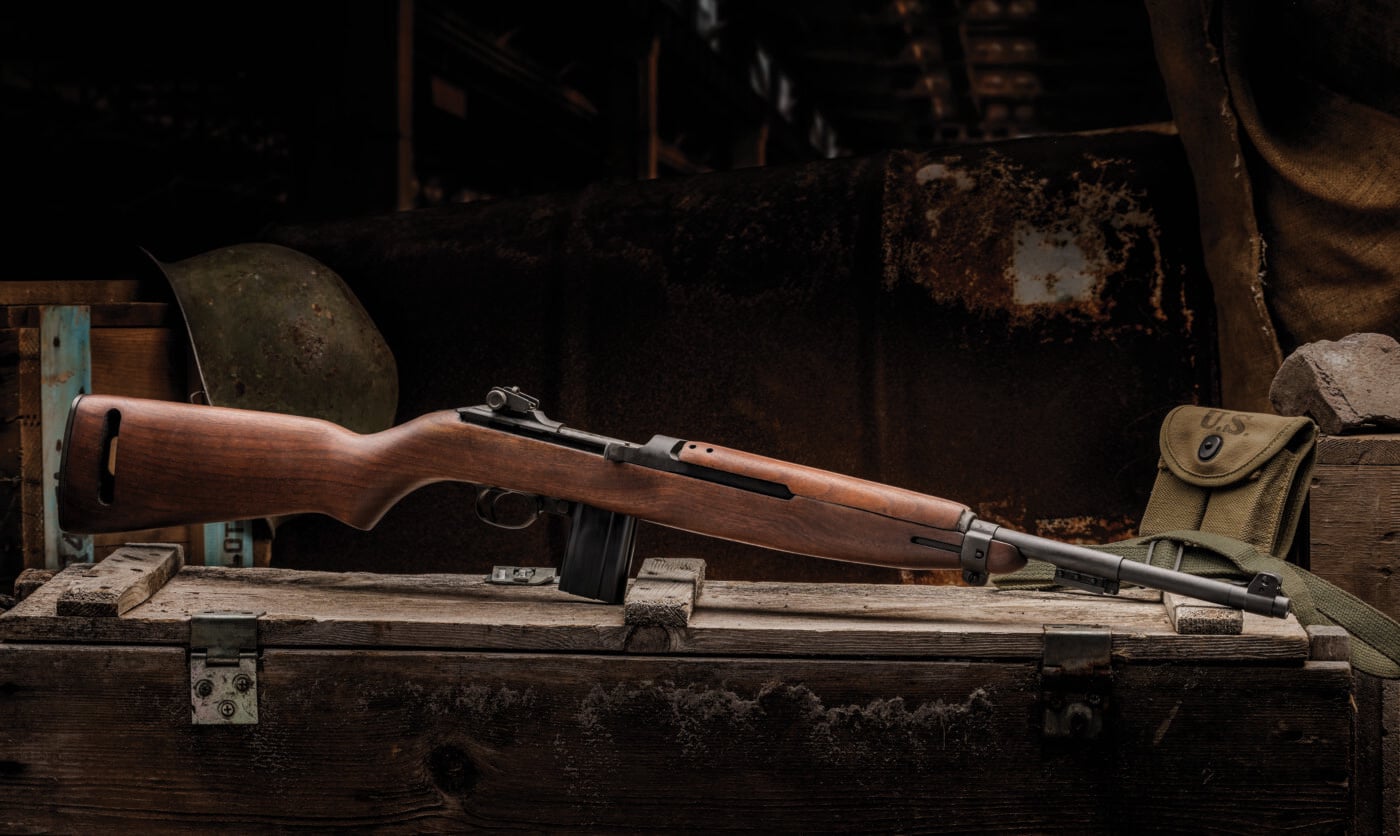
While the Springfield Armory catalog is expansive, the foundation of the business was based around civilian versions of well-known U.S. military firearms. Back in the day, the Springfield catalog looked like the Table of Organization and Equipment for a vintage U.S. Army arms room. The venerable 1911 handgun and ubiquitous M1A rifle remain strong sellers today, even this deep into the Information Age.
What is not so well-known is that for a time Springfield Armory also offered M1 Carbines. Rock Island Armory, a parallel venture run by David Reese, first offered the M1 Carbine as part of its standard line-up starting around 1985. The path this venture took and the ultimate fate of these elusive rifles make for a fascinating tale.
Origin Story
Before the AR, the M1 Carbine really was America’s rifle. Trim, light, compact and cool, this little mini-rifle carried U.S. troops through two and a half wars. Carbines were everywhere, and everybody seemed to have at least one.
When I was a kid, the lithe little M1 was considered a spanking first deer rifle for a young hunter. The same attributes that made the M1 an effective compact rifle also lent the gun to use by small-framed shooters. The cartridge didn’t pack a great deal of downrange horsepower, but it was spunky enough to get the job done. At modest ranges and when stoked with expanding hollowpoint bullets, the carbine harvested a fair amount of venison.
The carbine’s story began back in 1938. The U.S. Army adopted the M1 service rifle in 1936. We all call this the legendary smokepole the Garand. Every guy I’ve ever met who actually used one during World War II or Korea just called it the M1.
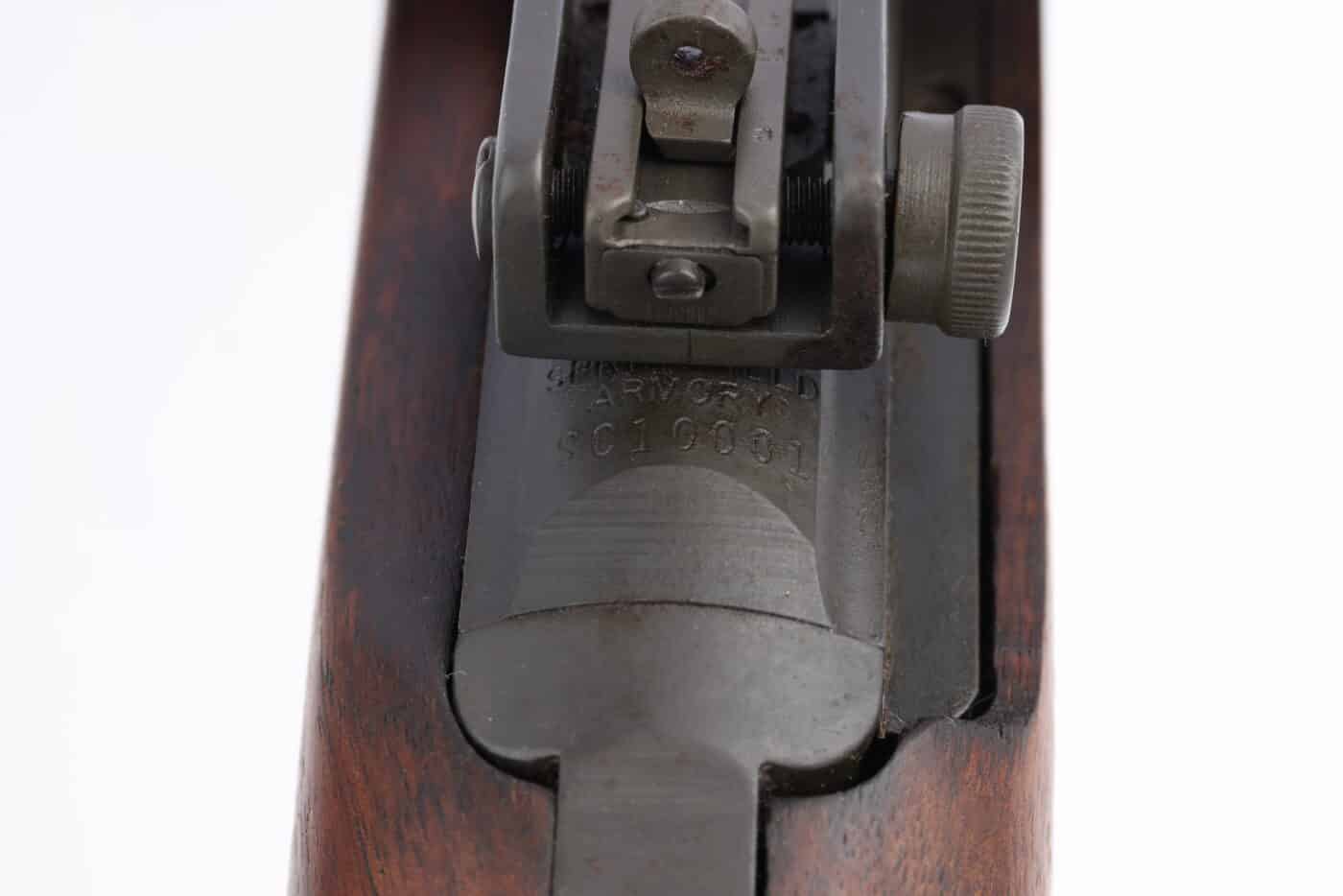
While the semi-automatic M1 was an exceptional design, John Cantius Garand’s eponymous wonder still weighed 9.5 lbs. and was nearly 44″ long. Interestingly, one of the biggest complaints about the weapon concerned the way it battered you in the head when performing strenuous maneuvers with the rifle slung. Uncle Sam needed something smaller.
Not everybody in the U.S. Army requires a full-sized combat rifle. People smarter than I am call it the “Tooth-to-Tail” ratio. Depending upon the military in question, there can be from four to 12 support troops in play for every door-kicking trigger puller. All those other troops should be armed, but they don’t necessarily need a four-foot battle rifle.
In the late 1930’s, war clouds were looming on the horizon. Everybody everywhere worried that the world was about to conflagrate. American military planners worked feverishly to try to get the military ready for a true global war. One critical part of that overarching effort was the program to develop a new light rifle to complement the M1 Garand.
As cumbersome as military dogma was during this era, the carbine program really was lightyears ahead of its time. The same operational parameters issued for the M1 Carbine back in 1938 remain relevant even now. The mission was to develop a lightweight, easily portable rifle that would better suit couriers, mortarmen, signalers and the like than a full-sized M1. The path from good idea to combat was indeed circuitous.
John Moses Browning’s brother, Ed, developed a prototype for a full-sized battle rifle intended to supplant the existing M1 while working for Winchester. Browning died in May of 1939, leaving this design unfinished. Winchester subsequently hired David “Carbine” Williams, a convict freshly released from the Caledonia State Prison Farm in Halifax County, North Carolina, to finish the project.
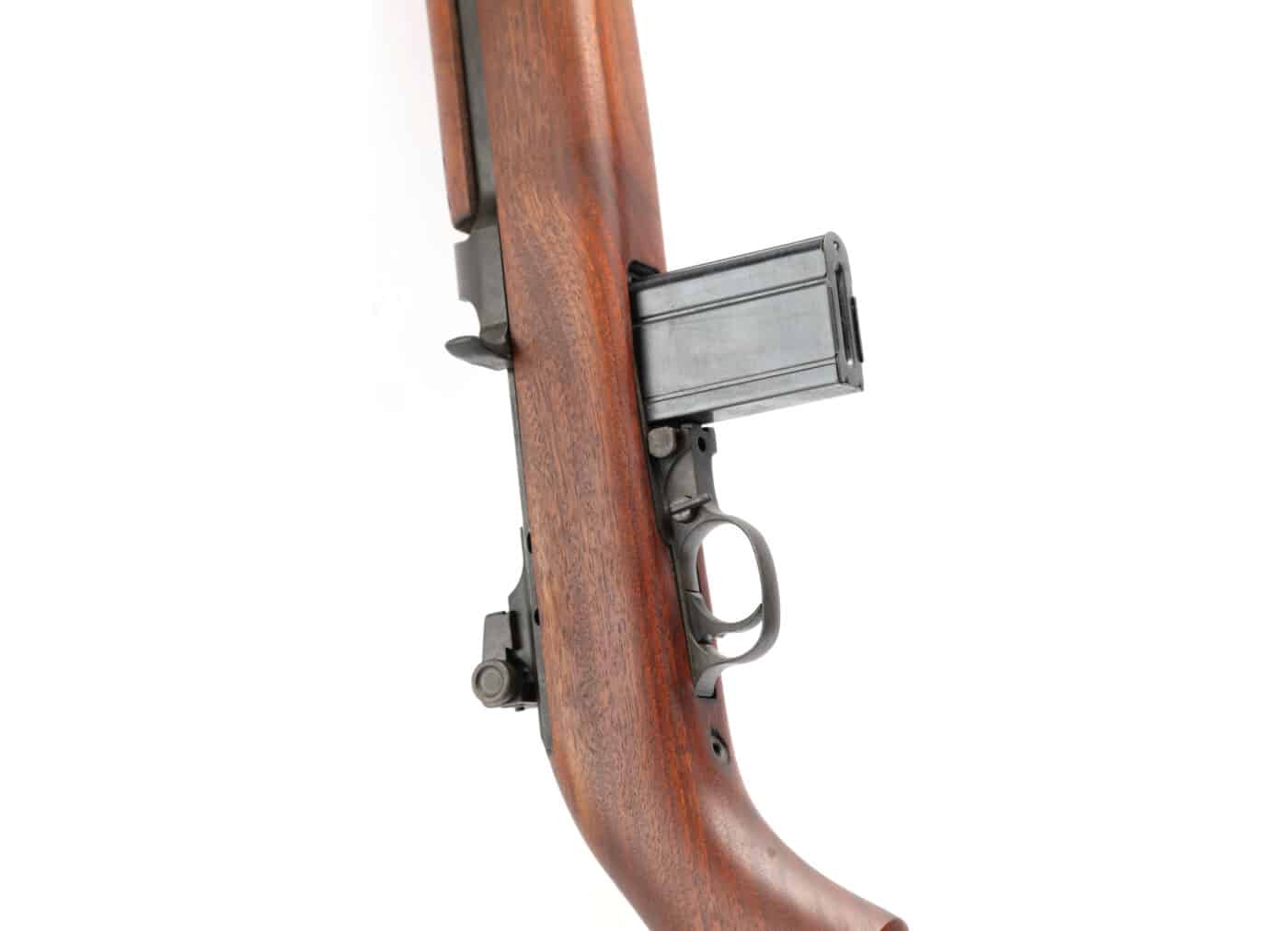
While in prison, Williams designed firearms and even maintained the weapons in the prison armory. It was obviously a different time. Winchester hired the ex-con to flesh out the sundry designs that Ed Browning left unfinished after his death.
Both men were working on a rifle designed to fire a full-power 7.62x63mm/.30-06 round. By 1941, Uncle Sam was desperate for that light rifle and lit a fire underneath industry to get it done, toot sweet. Winchester had already developed the straight-walled .30 Carbine cartridge it was to fire, but felt they lacked the industrial bandwidth to develop a rifle to fire it. Pressured by an Army Ordnance officer named Major Rene Studler, a group of five Winchester engineers under the direction of Edwin Pugsley cobbled together a prototype carbine in just 13 days. This was the weapon that ultimately won the contract. The M1 Carbine was type classified in October of 1941.
Once the United States entered the war, we came to win. Never before or since has a nation so energized itself for war production. During the course of the war, the M1 Carbine was produced by 10 major contractors. Some 6,121,309 copies made it off the lines before production wrapped up at the end of the conflict. The carbine was the most-produced American small arm of the war.
Once in service, the carbine was quite well-received. A friend who wielded one in combat in Europe during World War II acknowledged the lack of power when compared with the standard M1 rifles of the day. However, he told me from personal experience that the carbine was still a reliable manstopper.
After the war, Uncle Sam had carbines running out his ears. The world was a more trusting place back then, so tens of thousands of these state-of-the-art military rifles were sold directly to the American public through the NRA. A wartime carbine cost about $45 to produce. This is the equivalent of around $670 today. They sold to the public through the mail for less than that.
Out of a population of 139 million people, some 16 million Americans served in uniform during World War II. That’s roughly one in every nine American citizens. Most of those guys came home having experienced the M1 Carbine to one degree or another. The combination of extensive personal experience and the ready availability of these firearms on the surplus market ensured widespread distribution. That brings us to Springfield Armory.
Modern Treatment
Back in the 1980s, Rock Island Armory and Springfield Armory occupied the same building. Rock Island Armory completed between 800 and 1,000 carbines using commercial receivers produced on tooling first employed by National Ordnance in the 1960s. G.I. carbine parts were both plentiful and cheap back then, so this was a cost-effective enterprise. About 100 of these early guns were marked as Springfield Armory firearms. The receiver tooling passed from National Ordnance to Federal Ordnance to SARCO in New Jersey. The Reese boys purchased this tooling from them.
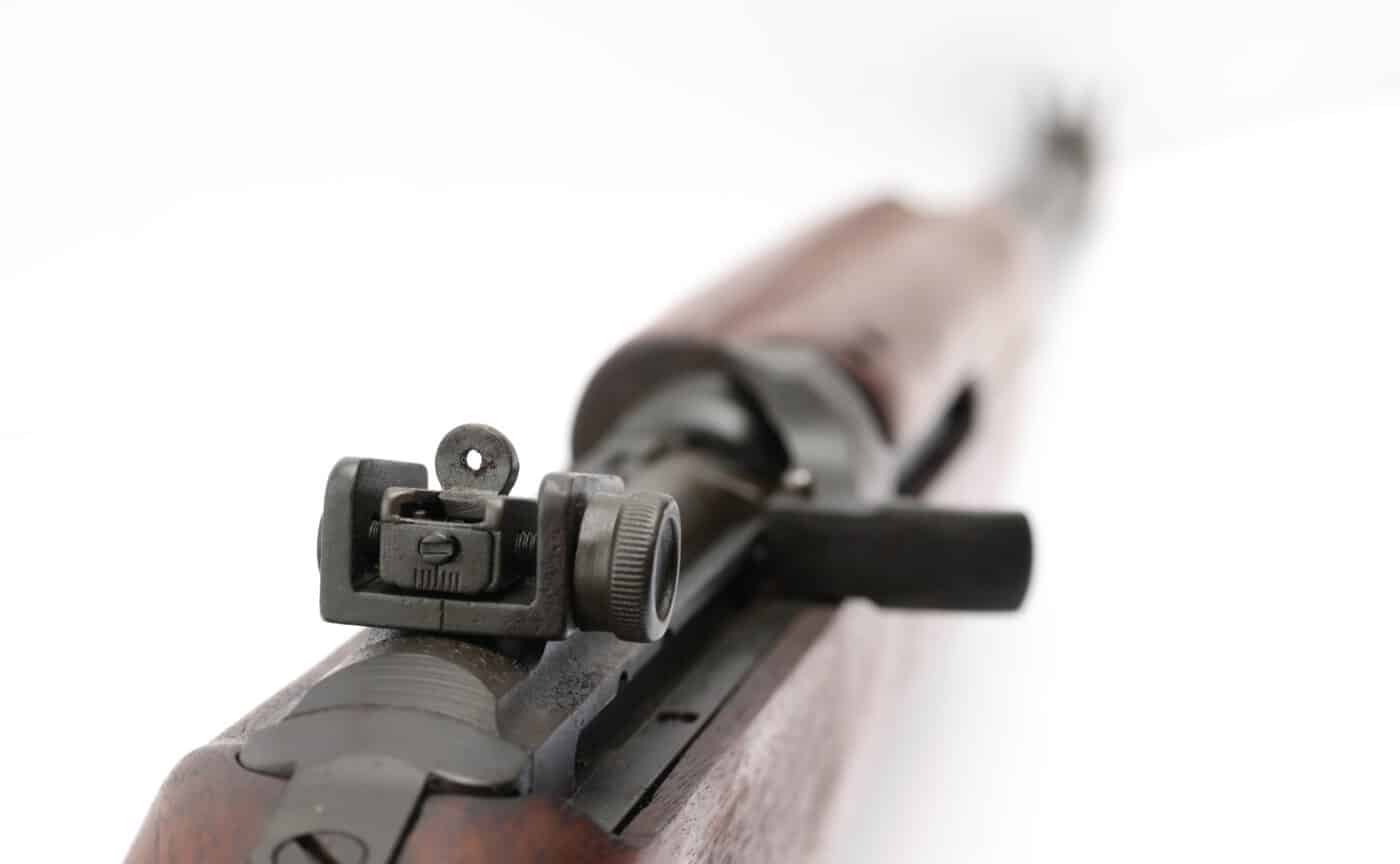
Building carbine receivers is hard, particularly drilling the deep hole to accept the recoil spring. Modern CNC machines are up to the task, but in previous generations it was tough to keep the drill bit from exiting the side of the receiver. There were workarounds to include the incorporation of a detachable recoil spring tube, but Springfield Armory has never been much into workarounds. The solution was to be found with Carl Lewis and Lewis Machine and Tool (or LMT).
With the prospect of a large lot of G.I. M1 Carbine parts to be found overseas, the Reese clan contracted with LMT to produce carbine receivers from scratch. The quality of the forged steel product they received from LMT did not disappoint. Things were looking hopeful.

A Wrench in the Works
The Gun Control Act of 1968, the Arms Export Control Act of 1976 and the Firearms Owners’ Protection Act of 1986 all created a synergistic mess that governed the importation of G.I.-surplus weapons from overseas sources. In December of 1987 this mess got unscrewed enough to allow a company called Blue Sky to import tens of thousands of World War II-production G.I. carbines from various sources around the globe. Importation stopped under the Clinton Administration in 1994. However, these guns sold for between $350 and $400 and severely undercut the market for new-production carbines stateside.
As a result, Springfield Armory liquidated their existing inventory as either barreled actions or raw receivers and moved on to the other things we know and love today. Estimates vary, but the total number of receivers that LMT made for Springfield Armory was somewhere less than 3,000. These rifles show up from time to time, but they remain quite a rare collectible.
Denouement
A review of the history of Springfield Armory is a study in the American gun culture in the modern age. What began as a home-based business with board meetings held over the dinner table has since morphed into a firearms powerhouse. While their current product lineup is foundational dogma to gun geeks like us, there was a time when Springfield Armory dabbled in more classical wares. The Springfield Armory M1 Carbine is a great example.

If you’re fortunate enough to own one of these commercial Springfield Armory carbines, then good for you. The rifle was, by all accounts, a top-flight piece of iron. However, I kind of live in this space, and I’ve never seen a Springfield Armory M1 Carbine for sale on the used gun market. That’s likely because, like everything else Springfield Armory makes, they are just good solid guns and people like to hang on to them!
And if you’d like to own an air rifle version of this classic rifle today, then be sure to check out the Springfield Armory CO2-powered .177-cal. air rifle (links for both wood and wood-style synthetic stock versions below).
Editor’s Note: Be sure to check out The Armory Life Forum, where you can comment about our daily articles, as well as just talk guns and gear. Click the “Go To Forum Thread” link below to jump in!
Join the Discussion
Featured in this article
Continue Reading
Did you enjoy this article?

 367
367




